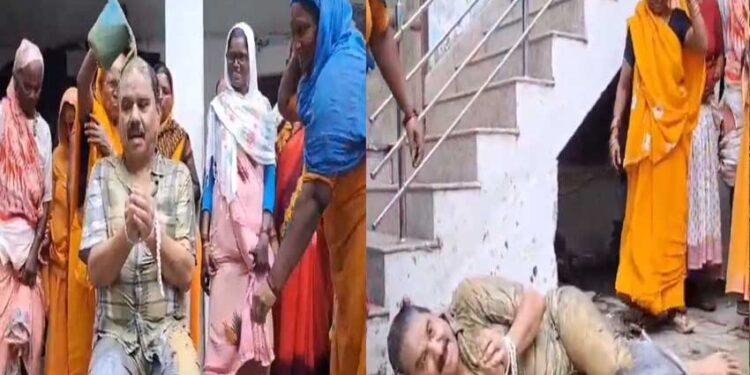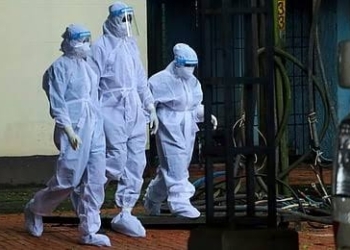Satish Dhawan (English: Satish Dhawan, born- 25 September, 1920; died- 3 January, 2002) was a famous rocket scientist of India. He had a very important contribution in taking the country’s space program to new heights. Apart from being a great scientist, Professor Satish Dhawan was also a great human being and a skilled teacher. He had great faith in Indian talents. Satish Dhawan was entrusted with the responsibility of the country’s space program after Vikram Sarabhai. He was also appointed the Chairman of ‘ISRO’. Professor Dhawan had made many positive changes in the Indian Institute of Science. He included young talents from abroad as well as his country in the institute. He also started many new departments and inspired students to do research in various fields. It was due to the efforts of Satish Dhawan that the dream of communication satellite INSAT, remote sensing satellite IRS and polar satellite launch vehicle PSLV was realized.
Birth and Education
Professor Satish Dhawan was born in Srinagar. The details of his education are as follows- Punjab University, Lahore (then in undivided India and now in Pakistan)-
B.A. in Mathematics and Physics M.A. in English Literature B.E. in Mechanical Engineering, 1945 University of Minnesota, Minneapolis M.S. in Aeronautical Engineering, 1947 California Institute of Technology Degree of Aeronautical Engineer, 1949 Ph.D. in Aeronautics and Mathematics, 1951
He succeeded Vikram Sarabhai, the father of the Indian space programme, as Chairman of the Indian Space Research Organisation (ISRO) in 1972. He was also Chairman of the Space Commission and Secretary, Department of Space, Government of India. In the decade following his appointment, he guided the Indian space programme through a period of extraordinary growth and spectacular achievements.
Achievements
Satish Dhawan devoted considerable effort to boundary layer research even when he was the head of the Indian space programme. His most significant contributions are presented in Hermann Schlichting’s seminal book ‘Boundary Layer’. He was a popular professor at the Indian Institute of Science (IISc), Bangalore. He is credited with setting up India’s first supersonic wind tunnel at IISc. He also pioneered research on separated boundary layer flow, three-dimensional boundary layer and re-layering of trisonic flows. Satish Dhawan carried out pioneering experiments in rural education, remote sensing and satellite communication. His efforts paved the way for operational systems like INSAT-a telecommunication satellite, IRS-Indian remote sensing satellite and Polar Satellite Launch Vehicle (PSLV) which put India in the league of space faring nations.
demise
After Satish Dhawan’s death in 2002, the Indian Satellite Launch Centre at Sriharikota, Andhra Pradesh, about 100 km north of Chennai in South India, was renamed as Professor Satish Dhawan Space Centre.
National recognition
Padma Vibhushan, Indira Gandhi Award
Area
Mechanics and Aerospace Engineering
Institute
Indian Space Research Organisation, Indian Institute of Science, California Institute of Technology, National Aerospace Laboratories, Indian Academy of Sciences and Indian Space Commission
Doctoral Consultant
Dr. Hans W. Liepmann noted for
Indian Space Programme
Career
Indian Institute of Science, Bangalore, India
Senior Scientific Officer, 1951 Professor and Head, Department of Aeronautical Engineering, 1995 Director, 1962-1981
California Institute of Technology, USA
Visiting Professor, 1971–1972
National Aerospace Laboratories, Bangalore, India
Chairman, Research Council, 1984–1993
Indian Academy of Sciences
Chairman, 1977–1979
Indian Space Research Organisation
Chairman, 1972–1984
Indian Space Commission
Chairman, 1972–1984
award
padma vibhushan – (India’s second highest civilian award) Indira Gandhi National Unity Award Distinguished Alumni Award, Indian Science Resource Distinguished Alumni Award, California Institute of Technology










